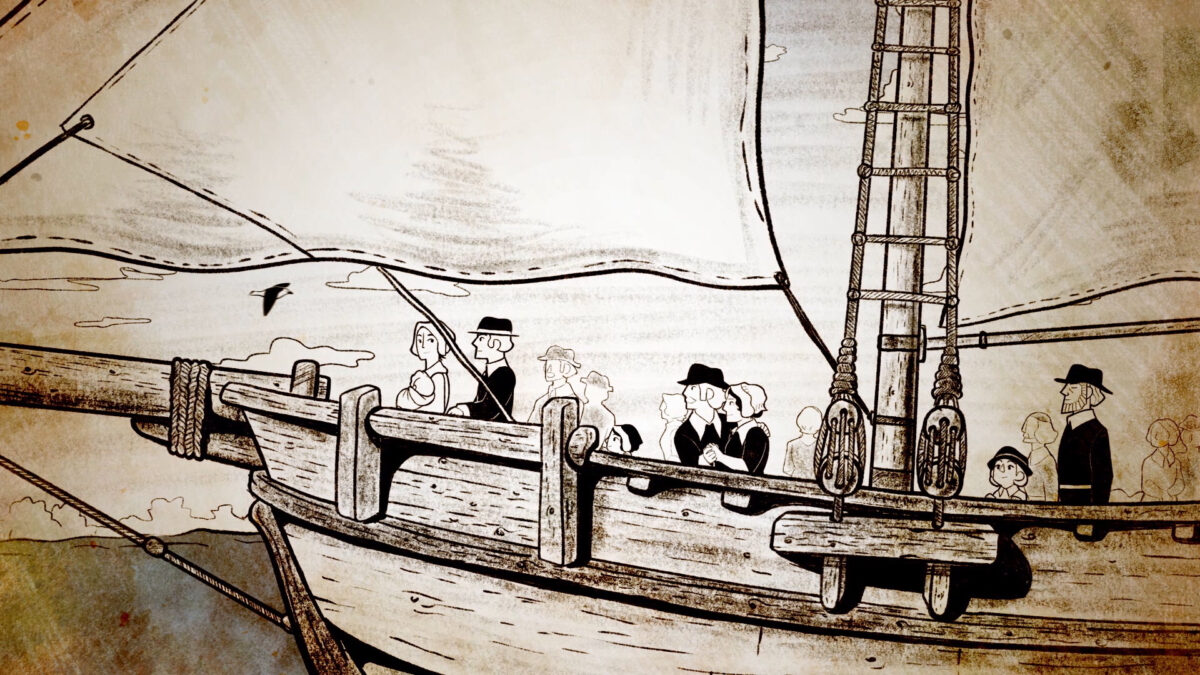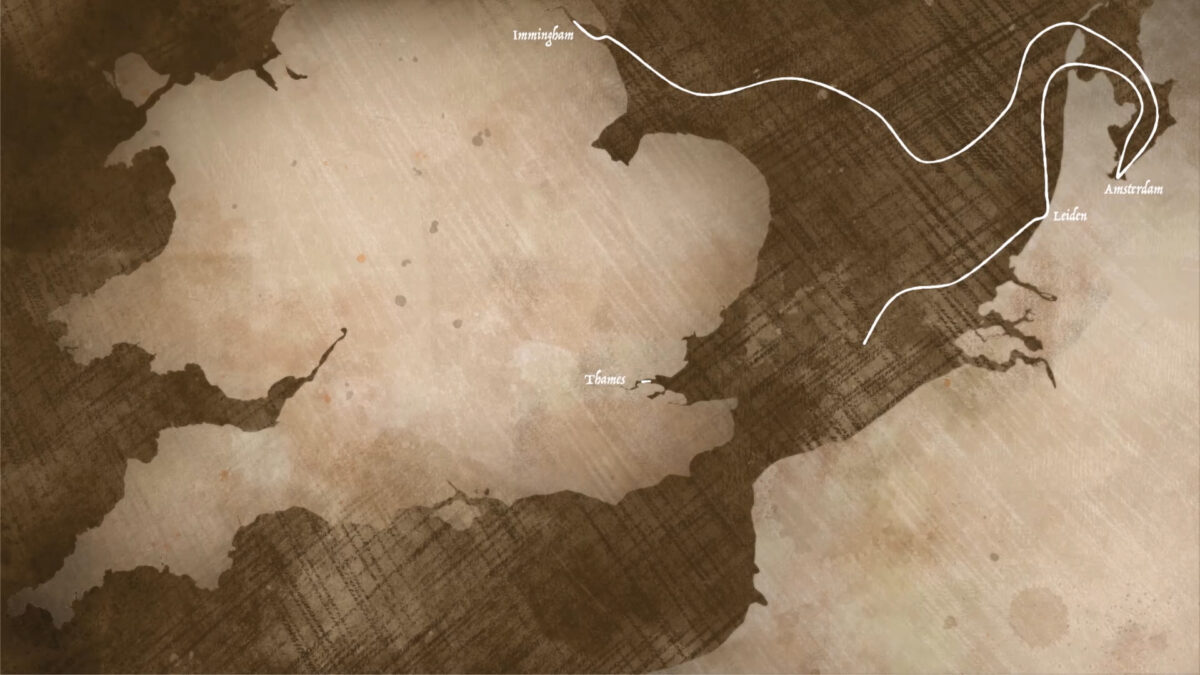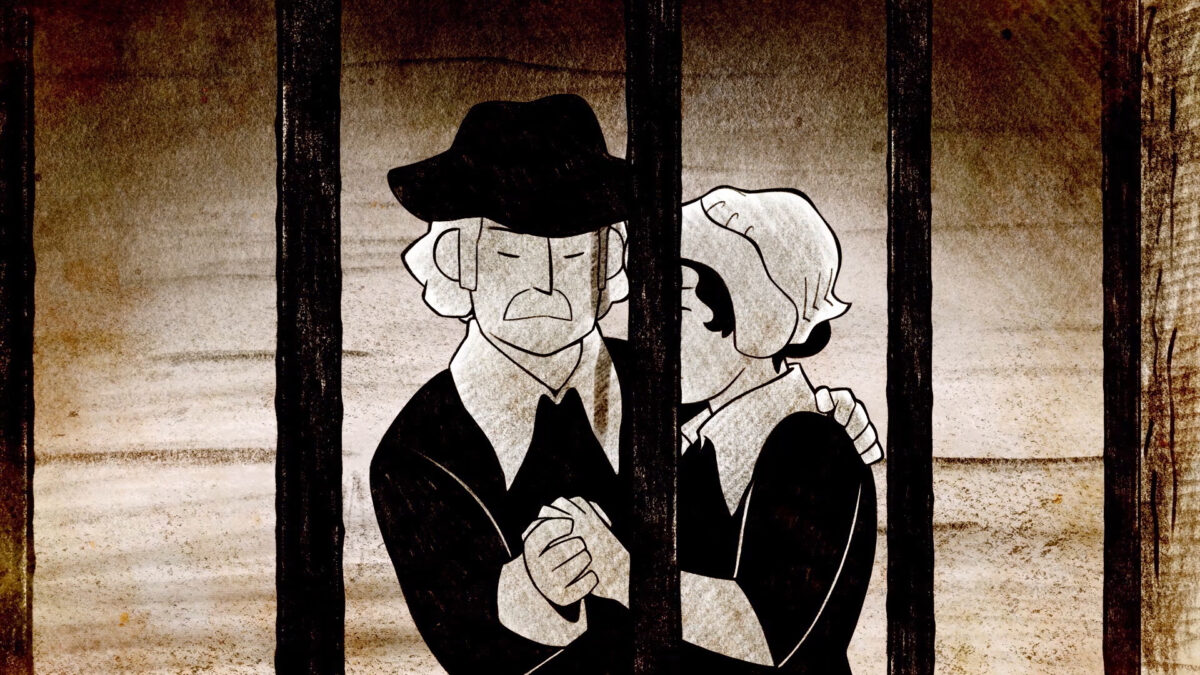2020 marked a significant historic anniversary. In September 2020, it was 400 years since a group of people, who would become known as Pilgrims, left their final stop in Plymouth to seek freedom to practice their religion and opportunity across the Atlantic. In the process, many believe they laid the foundations for modern America.
The origins of the Pilgrims story can be traced back to the 1500s when changes in English religious law and social life would divide the nation. At that time, King Henry VIII decided to break away from the established Catholic Church to create his own Protestant church – the Church of England.
Many believed that Henry’s new church was still too similar and wanted even more changes. Some wanted to ‘purify’ it, stripping away all Catholic practices. They became known as the Puritans. However, others believed that you could not change the church and that the only way forward was to separate from it entirely and form a new church. They became known as the Separatists.
The Mayflower story is significant to this region because it carried a group of leading Separatists and their families to America, many of whom came from Lincolnshire, Nottinghamshire and Yorkshire. They first fled to Holland before later deciding to sail to America to establish one of the earliest colonies there, and take control of their own religious practices.
It was in this region of England that these people formed their ideas and plans for new lives. They decided to separate from the established Church to form their own at a time when this was illegal.
Another group of Separatists were thought to have worshiped in secret at Gainsborough Old Hall, now regarded as one of the best-preserved medieval manor houses in Britain, with the permission of its sympathetic owner, merchant William Hickman.
Their preacher, John Smyth, was a strong influence on the Mayflower Pilgrims, and is generally considered to have later been a founder of the Baptist churches. Smyth had a large following of sixty or seventy people, who decided in 1607 that they would emigrate in pursuit of religious freedom.
The Separatists were being pushed to conform to the rules of the established Church; and in 1608, John Smyth and many of his followers slipped away from Gainsborough, escaping to Holland. Another Separatist group from Scrooby also escaped, attempting first but unsuccessfully at Boston before finally escaping from Immingham to Amsterdam.
The Separatists found life in Holland difficult and after nearly 12 years, some of them decided they needed to move again. They made plans to leave for Virginia in America, and start a new community.
To help raise the money, the Separatists made an agreement with the Virginia Company, which had been created to establish colonies on the east coast of North America. They sold their personal belongings in order to buy a ship called the Speedwell and set sail in August 1620 from Delfshaven, Holland. They met the Mayflower in Southampton and the two ships set sail. Sadly, they had to abandon the Speedwell in Plymouth after proving unseaworthy, leaving the Mayflower to make the voyage alone.
It was crowded on the ship, and many endured hunger and poor living conditions, but this was only a sign of what was to come. Winter storms made the journey hard, and they arrived in late November 1620, in Cape Cod, Massachusetts near what is now known as Provincetown. That day, the settlers wrote the Mayflower Compact. It was signed by 41 men on board with the first names being those men who had led the journey from the English East Midlands.
The compact was an agreement to cooperate for the general good of the colony, and was necessary after the change to their intended destination; they all needed to get on to survive. They would deal with issues by voting, establish constitutional law and rule by the majority. This was later claimed to have inspired the men who wrote the American Constitution and the Declaration of Independence.
Many events were due to take place this year that would allow visitors to explore the history of the Pilgrims and their roots. Although many events cannot take place, an online digital campaign has been running throughout the summer, bringing the story to life from the comfort of your own home.
PilgrimAGE brings together the stories of the Pilgrims, what they did (some good and bad) and what they believed in. Explore historical blogs, snapshots in to exhibitions as well as fun videos for children and podcasts which can be found at www.discovergainsborough.com/PilgrimAGE. You can also see what it was like to travel on the Mayflower for yourself with a virtual reality video. You can use a headset if you have one, but you can also watch the video on desktop, laptop, smartphone and tablet. The second edition of ‘Radical Routes’ is also due to be released this month which is an online newspaper which reflects on the Pilgrims story and how aspects of their story can be applied to modern day living. For more information or to read the first edition, visit the above website.
To look back at our PilgrimAGE series visit www.discovergainsborough.com/PilgrimAGE. For regular updates search for Discover Gainsborough on Facebook, Twitter or Instagram. For more information about the Pilgrims and their roots, visit www.discovergainsborough.com/pilgrimroots. For more information about Mayflower 400 visit www.mayflower400uk.com.



